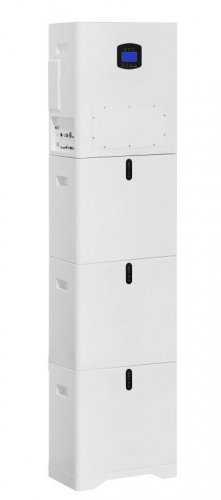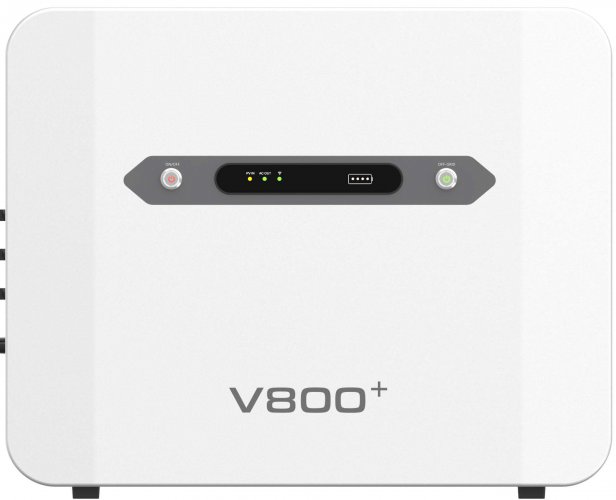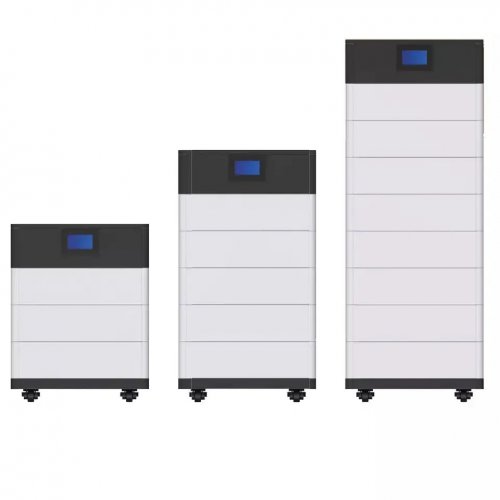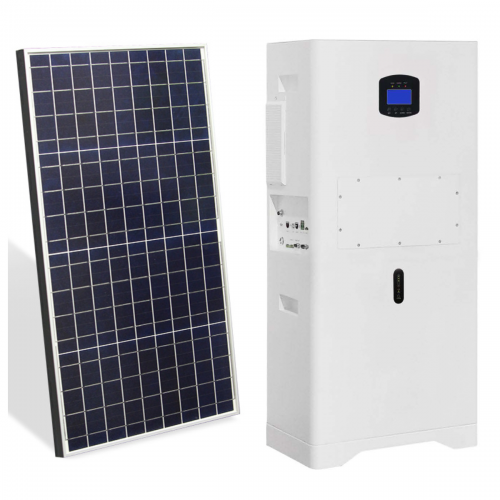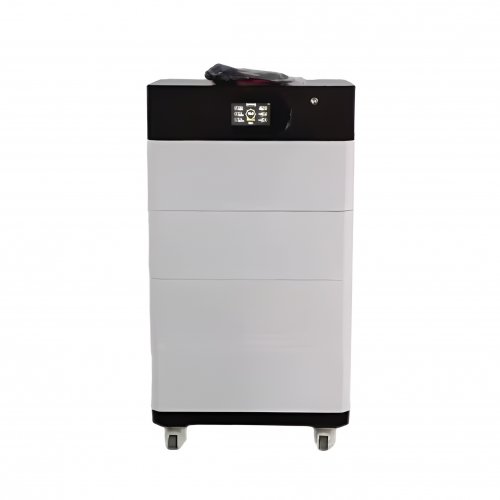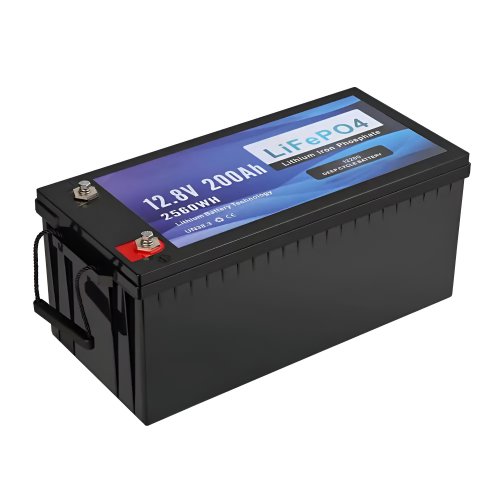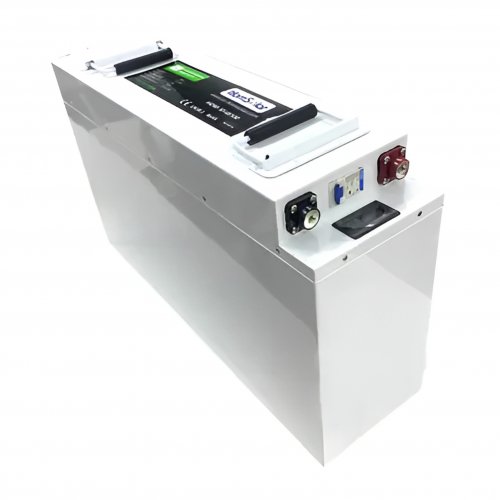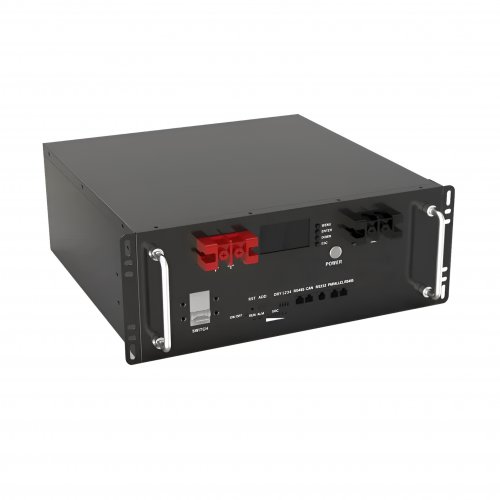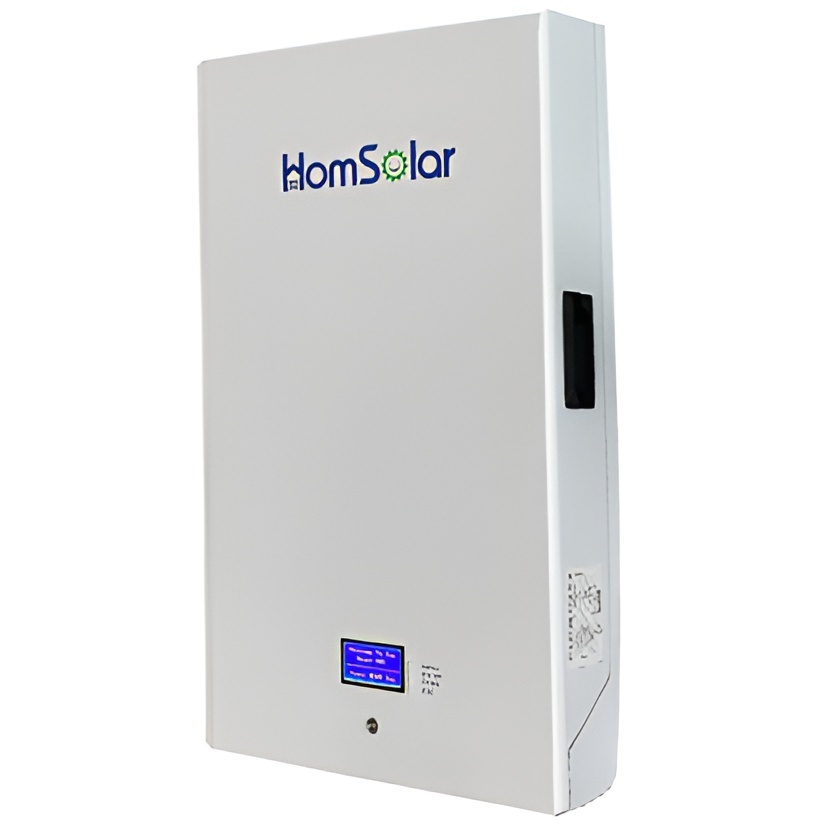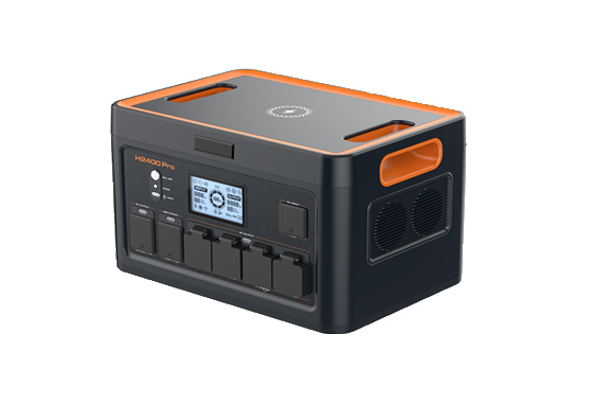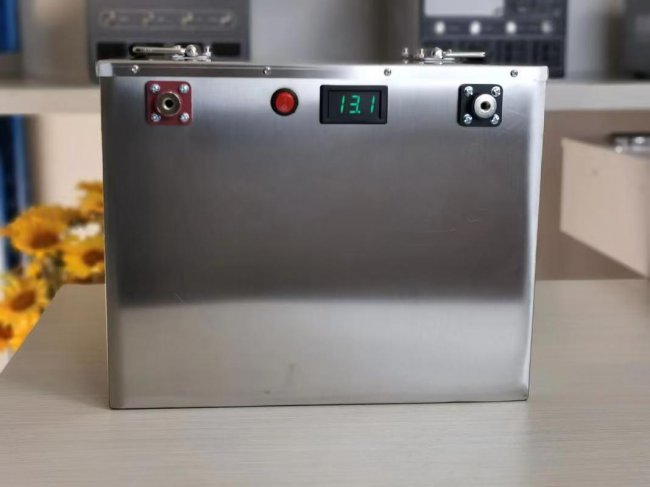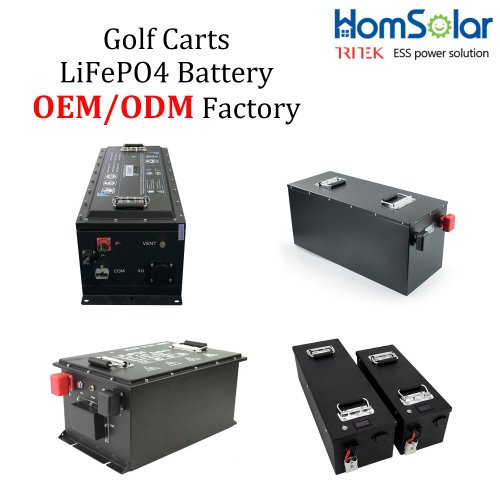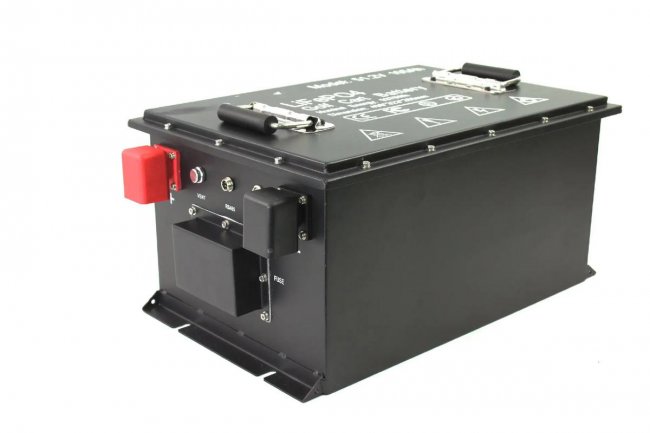A copper-bottomed answer to solars silver dependence
Recent growth in solar manufacturing has brought forward concern about the availability of certain materials at the scale needed for solar installations to reach anywhere close to global 2030 targets. Chief among the materials at issue is silver. A 2021 study from University of New South Wales estimated that current silver consumption would limit the global solar industry to 227 GW of tunnel oxide passivated contact (TOPCon) cell manufacturing, less than half of the up to 568 GW of global demand for PV that InfoLink Consulting has forecast for 2025.
That solar would eventually come up against limitations in the supply of silver has long been known. With silver also among the most expensive materials in cell production, there’s plenty of incentive to find an alternative. Many have been suggested, but the well-established and optimized process of screen-printing using silver paste has proven difficult to supplant.
When formed into a paste for screen-printing, other materials lack the conductivity of silver. Plating processes allow for the use of pure copper, potentially achieving even better conductivity than with silver paste. That approach has proved difficult to implement in manufacturing without causing damage to fragile silicon cells, but market conditions in 2024 have brought forward the need for an alternative to silver. JXTC is introducing a copper plating process it says avoids the risk of damage to cells during processing. The company also claims it can demonstrate the speed and uniformity required for large-scale production.
One of Xianghuan’s founders previously worked at cell and module maker Suntech, which began exploring copper plating as far back as the early 2000s. Along with others he continued to develop the technology, arriving at the “horizontal double-sided copper metallization” (HD Plate) process the business is now looking to introduce to solar manufacturers.
The process is described in a paper published in the journal Progress in Photovoltaics. JXTC says it has already set up a 300 MW pilot line and recently announced that it will provide tools to an unnamed manufacturer for a 1 GW manufacturing project. Lu Wang, who presented JXTC’s technology at the European Photovoltaic Solar Energy Conference and Exhibition (EU PVSEC) in September 2024, explained that using rollers rather than clamping cells in place during processing led to a much lower cell breakage rate. “Silicon wafers are fragile, particularly as they keep getting bigger and thinner,” said Wang. “With our process we don’t have to worry about wafer breakage and we can plate on any type of cell including TOPCon, heterojunction, back contact, and others.”
Australian company BT Imaging has also developed a method to monitor the plating process and ensure the quality and reliability of copper-plated cells.
Test resultsIn testing, the company fabricated 182 mm TOPCon solar cells. Since plating can’t be performed on the top, silicon-nitride layer, the cells were first treated with an ultrashort pulse laser to open the layer along the regions to be plated. Both sides of the cell were then simultaneously plated with nickel and then copper with the process offering the ability to separately regulate the plating conditions of the front and rear cell surfaces.
Those cells achieved average light conversion efficiency of 26.26%. The copper plated fingers also met industry standards for mechanical strength, passing the minimum requirement of 0.8 Newtons (N) and recording an average strength of 2.5 N, slightly above the average of 2.47 N for control cells fabricated using screen printing.
Wang also said that since plating allows for thinner fingers than can be achieved with screen printing, further optimizations should be able to achieve even better performance, with the thinner fingers having lower series resistance and leaving more active cell area exposed to sunlight.
Going to marketWang estimated the current cost of cell metallization using silver for Chinese manufacturers at CNY 0.08 ($0.01)/W, and said that with HD Plate, the company should be able to bring that down to CNY 0.03/W. “And this is from the very start, with mass production scale I think we can go even lower,” he said.
For now, JXTC is focused on its 1 GW project, which Wang said will be built by the end of 2024 and fully ramped by March 2025. He also said the company is in close communication with tier 1 cell manufacturers in China and is confident that demand will begin to appear as the process proves itself at scale.
Wang is also keen to look beyond China at other markets to establish PV manufacturing globally. He notes that copper production comes with an inherently lower carbon footprint than silver, another potential advantage for producers in regions such as Europe that are implementing limits on industry emissions. Wang also pointed out that, as a new process, HD Plate could help cell makers avoid intellectual property issues with TOPCon cell production.
Customized/OEM/ODM Service
HomSolar Supports Lifepo4 battery pack customization/OEM/ODM service, welcome to contact us and tell us your needs.


HomSolar: Your One-stop LiFePO4 Battery Pack & ESS Solution Manufacturer
Our line of LiFePO4 (LFP) batteries offer a solution to demanding applications that require a lighter weight, longer life, and higher capacity battery. Features include advanced battery management systems (BMS), Bluetooth® communication and active intelligent monitoring.

Customised Lithium Iron Phosphate Battery Casing
ABS plastic housing, aluminium housing, stainless steel housing and iron housing are available, and can also be designed and customised according to your needs.

HomSolar Smart BMS
Intelligent Battery Management System for HomSolar Energy Storage System. Bluetooth, temperature sensor, LCD display, CAN interface, UART interface also available.


Terminals & Plugs Can Be Customized
A wide range of terminals and plugs can be customised to suit the application needs of your battery products.

Well-designed Solutions for Energy Storage Systems
We will design the perfect energy storage system solution according to your needs, so that you can easily solve the specific industry applications of battery products.



About Our Battery Cells
Our energy storage system products use brand new grade A LiFePO4 cells with a battery lifespan of more than 4,000 charge/discharge cycles.



Applications in Different Industries
We supply customized & OEM battery pack, assemble cells with wiring, fuse and plastic cover, all the cell wires connected to PCB plug or built BMS.
Applications: E-bike, Electric Scooter, Golf Carts, RV, Electric Wheelchair, Electric Tools, Robot Cleaner, Robot Sweeper, Solar Energy Storage System, Emergency Light, Solar Power Light, Medical Equipment, UPS Backup Power Supply.
We can provide you with customized services. We have the ability to provide a vertical supply chain, from single cells to pack/module and to a complete power solution with BMS, etc.


HomSolar (Shenzhen) Technology Co., Ltd







